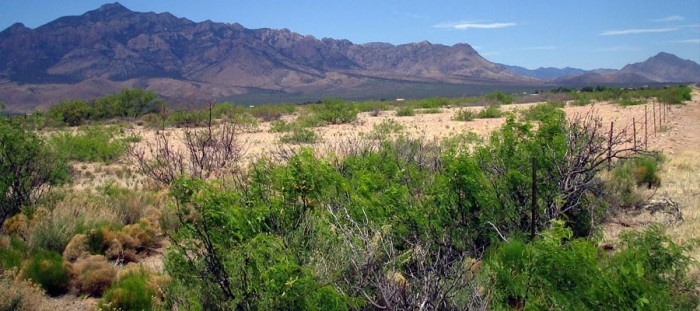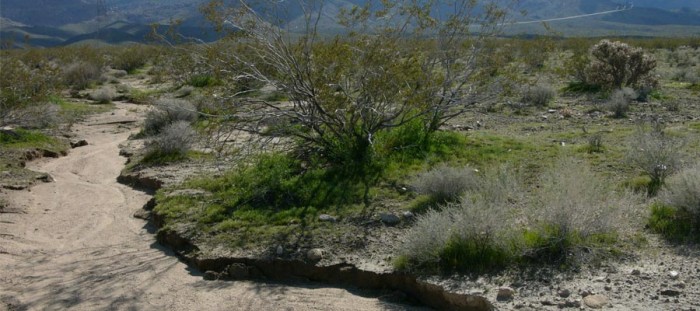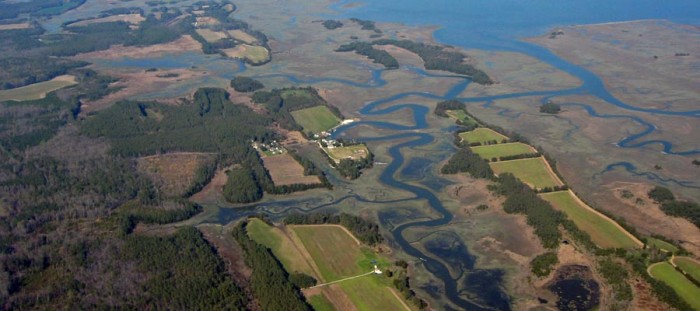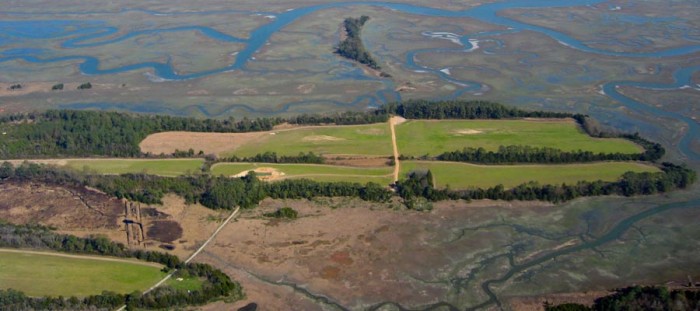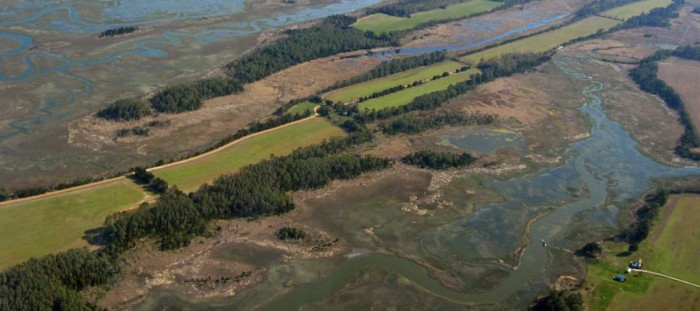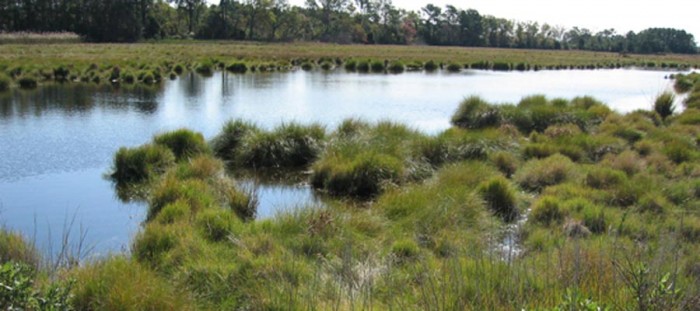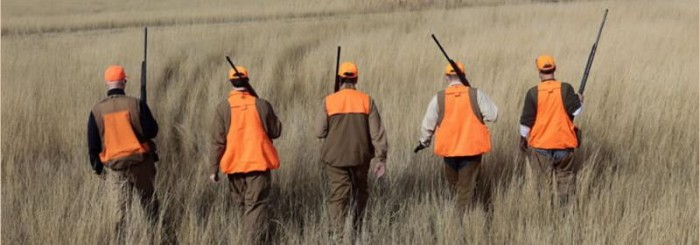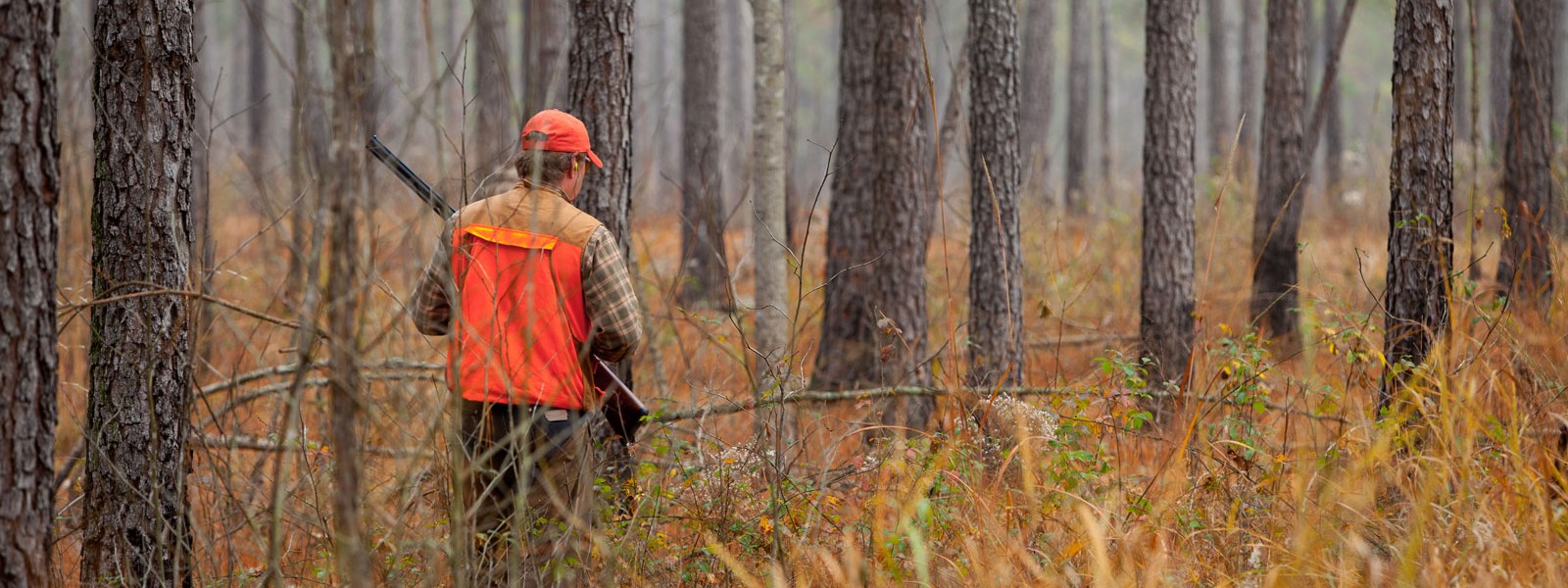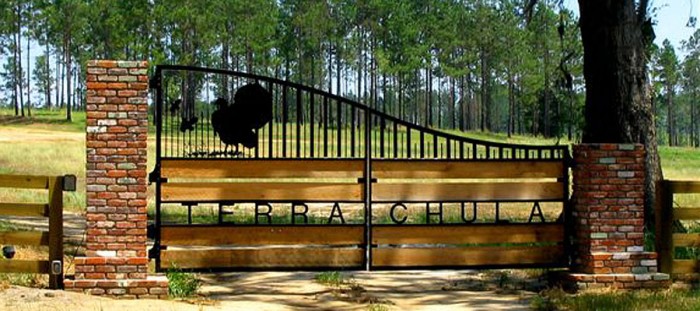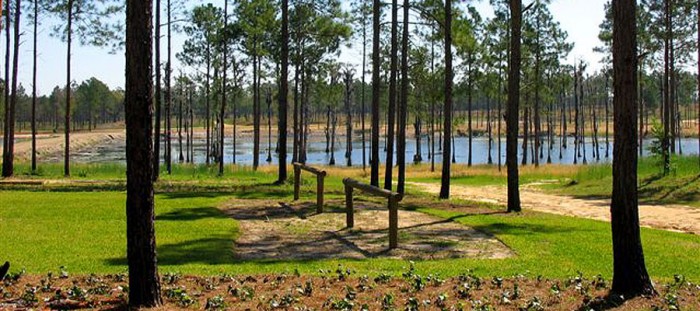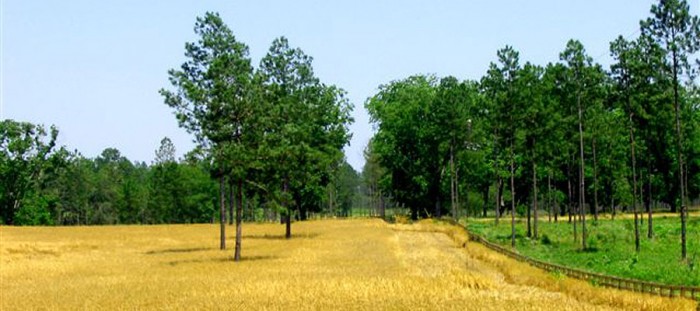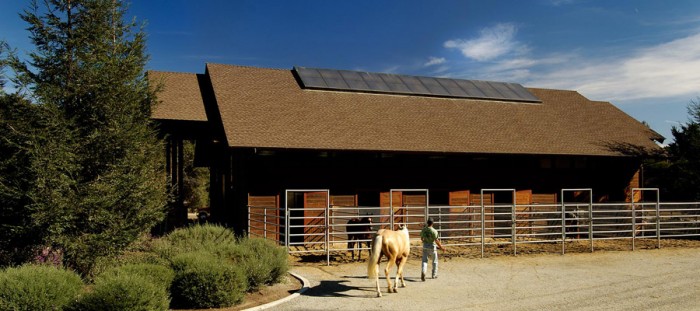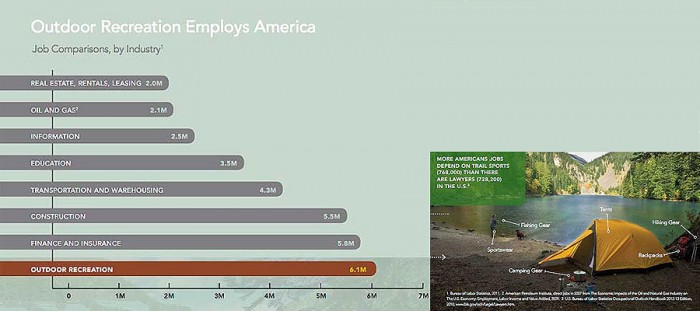If you had been raised as a member of the Upper East Side of Manhattan’s high society and made a career as a painter, what sorts of challenges would you pursue as you neared the age of 60?
How about converting a couple dry and barren ranches in the American Southwest and Mexico into thriving ecosystems?
Well that’s exactly what Valer Austin did 13 years ago. Now at the age of 72, Valer is as energetic as she has ever been, especially when it comes to talking about water on her land. You see, when Valer and her husband, Josiah, bought their first ranch, the land was parched and supported only the hardiest of plant species. Surface streams were nonexistent.
Though the Austins intended to use the ranch as a vacationing spot, they quickly realized that owning a ranch was a full-time effort, and one they were more than happy to embrace. Their methods for restoring the land, however, were largely an accident. Hoping to prevent the occasional rainstorms from pouring across a section of road on the property, Josiah built a couple small rock dams, called trincheras. He and Valer quickly noticed that silt was piling up behind the rocks along with puddles that stayed around long after the rain. What was truly amazing, though, was when grasses started growing out of the moist silt! Valer and Josiah quickly realized that a series of trincheras all around their property could slow the pace of rainfall runoff and allow it provide both nutrients and moisture to their land.
Now, 13 years and over 20,000 trincheras later (plus tree planting, some heavy engineering, and a number of other efforts), water has become a common site all over their property. Species that had fled long ago are returning and enjoying the reclaimed lushness of the land. Researchers, photographers, and government officials are regular visitors to the land, seeking to study the impact of the Valer’s efforts and to teach others how relatively primitive solutions can have such a profound effect.
We encourage you to read more about this incredible story by checking out CNN’s article “An Amateur Rancher Brings the Wastelands of the Southwest Back to Life.”
After months of waiting, the rains finally fell over West Texas. Five inches in one weekend, in fact! The reservoir supplying water for San Angelo and a number of other nearby communities swelled from 12 percent of capacity to 26 percent full in just four days. As one resident put it, though, “We’re pretty excited. But we’re not out of the drought.”
Indeed, some 66 percent of Texas remains in drought. And while communities were given a temporary reprieve from the lack of rain, public officials are still facing agonizing decisions about how best to preserve quality of life while protecting this vital resource.
In the past, communities responded by building more and bigger reservoirs to ensure larger reserves in the event of water shortages. However, it has become evident that with the hot, dry temperatures that characterize the Texan climate, more water generally evaporates from the reservoirs in a given year than people use. Indeed, according to Mayor Alvin New of San Angelo, “our biggest enemy is actually evaporation.”
This time, officials are placing their bets on new pipelines to tap vast underground aquifers. However, this approach has its own concerns. The aquifers must be protected from pollutants that could contaminate drinking supplies while also ensuring that the sources of these aquifers do not dry up. Though many approaches to address these problems have been proposed, we are particularly supportive of San Antonio’s strategy, which focuses on protecting natural processes rather than large infrastructure projects. (To read more on San Antonio’s program, read our post on Radical Conservation).
If you’ve been experiencing water shortages, let us know how your community has responded!
Located along the barrier islands between the Chesapeake Bay and the Atlantic Ocean, Brickhouse Neck is not only a beautiful place but a unique ecosystem as well. The property is comprised of farm fields and salt marsh interspersed with tidal creeks, mud flats, shallow bays and ponds. Brickhouse Neck and its family of barrier islands is a fragile landscape that comprises the longest stretch of coastal wilderness remaining on the Atlantic Coast of the United States.
Beginning in 1969, The Nature Conservancy bought 14 of the islands as the core of the Virginia Coast Reserve in an effort to ward off development proposals. Our work at Brickhouse Farm was intended to help The Nature Conservancy broaden its protection of this vital ecosystem. We worked with our client to prepare a by-right development plan to assure that the land would be placed under conservation easement and preserved long into the future.
If you have been considering taking advantage of the financial incentives of placing a conservation easement on your land, or are interested in learning more, don’t hesitate to contact us!
This post comes from FSC affiliate, Trout Headwaters.
The New York Times reported that Barry Commoner, a founder of modern ecology and one of its most provocative thinkers and mobilizers in making environmentalism a people’s political cause, died on Sunday in Manhattan. He was 95 and lived in Brooklyn Heights.
He is probably best known for his work on the global effects of radioactive fallout, which contributed to the adoption of the Nuclear Test Ban Treaty of 1963.
His four informal rules of ecology were catchy enough to print on a T-shirt and take to the street: Everything is connected to everything else. Everything must go somewhere. Nature knows best. There is no such thing as a free lunch.
Read more: http://www.nytimes.com/2012/10/02/us/barry-commoner-dies-at-95.html
In 2010, FSC affiliate Sporting Heritage Corp. partnered with premier gun-maker Beretta to launch the Beretta Trident Program. In its simplest terms, the Beretta Trident Program is a collection of exceptional field sport venues. The concept for the program came from the need to provide a systematized and objective rating process for hunting and shooting venues so that sporting enthusiasts could select a destination and feel confident in their choice.
Beretta Tridents, similar to Michelin® Stars awarded to fine dining establishments, are awarded to hunting lodges and shooting ranges for their excellence in field sports. While the evaluation system emphasizes outstanding hunting and shooting programming, it also recognizes and rates the full experience, from the food on the table to the kennels for the dogs. It is the first program of its kind to apply a stringent evaluation process to rate hunting and shooting destinations, which must achieve a certain score in order to earn one, two, or three Beretta Tridents. Indeed, ensuring that only the best of the best are represented, only five percent of destinations worldwide are considered good enough for even one Trident. The first venues to earn the prestigious Beretta Trident rating were upland bird destinations here in the United States. These properties offer everything from traditional-style South Dakota pheasant hunting to plantation quail hunting in Georgia. Today, there are thirteen venues in the Beretta Trident Program – offering choices for upland birds, sporting clays, and waterfowl in the U.S., as well as doves in Argentina, plains game in South Africa, and big game in Spain.
The website, BerettaTrident.com, provides a comprehensive listing of the venues in the program. And the Program now offers a concierge service to help in identifying the destination best suited for your needs and to help you plan the trip of a lifetime. The Beretta Trident Concierge can be reached at 1-888-881-9818.
Sporting Heritage Corp., a field sports consultancy, manages the Beretta Trident Program and is responsible for conducting the evaluations, executing the brand qualification process, and ensuring ongoing quality assurance.
Photos provided courtesy of Beretta, Inc. and The Fork Farm & Stables. All rights reserved.
When Yellowstone National Park was established in 1872, it was created in a spirit of conservation known as “fortress conservation” or “protectionism.” The idea behind this approach to conservation preached that the best way to preserve valuable lands and biodiversity was to leave it in as natural a state as possible. This strategy enabled the creation of 53 national parks as well as millions of acres of protected public land.
Today, however, the prevailing approach to conservation has shifted. Large-scale, government-led efforts to protect large swaths of land against development certainly still occur, but they are no longer the primary driver. Instead, the leaders of the modern conservation movement are private citizens and organizations focusing on smaller parcels of land but in greater numbers. While “fortress conservation” still takes place, the primary approach to conservation has shifted to one that takes into account the ecological, economic, and intrinsic values of the land and its resources. In other words, the focus is on “sustainable use.”
Last month, a collection of government, private industry, and non-profit agencies came together to conserve a 3,000-acre tract of land in eastern Georgia. Located next to an Army base, there was concern that the land might be developed in ways that were incompatible to the base’s needs. Held up as “a great example of modern conservation” by Andrew Schock, Georgia State Director for the Conservation Fund, the land was put under a conservation easement that will allow for a sustainable forestry operation and access to local hunt clubs. With this approach, the adjacent Army base will no longer have to worry about incompatible development on the land, and the land will still provide jobs and recreational ground to locals.
Today, we’d like to introduce you to one of our premiere projects: Terra Chula Ranch in Brooks County, Georgia
Field Sport Concepts worked closely with the client, Summerour Architects, wildlife biologists, surveyors, and a host of contractors to master plan nearly 1,800 acres. The property is bordered to the north by Piscola Creek. The varied topography is highlighted by mature oak specimens and four large cypress ponds comprising approximately 50 acres of the property.
The overarching vision shared by the client and design team was to create a place in which one can relax and enjoy the serenity and beauty of this property. Thus all elements, from the architectural vernacular to the wildlife habitat improvements, seek to lay lightly upon the landscape while evoking a sense of permanence.
In implementing the team’s master plan, our offices again worked with Summerour to design both the lodge and shooting facilities. Responsibilities on the lodge and guest cottages included entry court, pool, terrace, and garden design. With Summerour, Field Sport Concepts carefully designed the equestrian facility – complete with a riding ring, paddocks, a 12-stall horse barn – the maintenance barn and the kennels to ensure proper circulation. These efforts, coupled with the re-establishment of native grasses on the plantation and development of perimeter food plots, combine to create a first-class hunting experience.
Gorgeous barns? Tips on what to consider when building for your horse? News from the equestrian world?
If those topics pique your interest, then you’re missing out if you’ve not been reading Stable Minded, the equestrian design blog from our affiliate, Blackburn Architects. For more information, we encourage you to take a look at this introduction by John Blackburn himself.
“When you take a horse out of its comfort zone–the wild–it’s your obligation to create an environment that protects its health and safety. A poorly designed barn can be worse than no barn at all.” – John Blackburn
John Blackburn knows barns. As Blackburn’s owner and senior principal for the past 25 years, John has designed over 150 equestrian facilities across the United States and abroad.
In his blog, Stable Minded, John rhapsodizes about the design process behind our horse barns and equine facilities as only he can. His blogs cover a variety of equestrian news and topics: from the story behind projects we’ve designed to equestrian and design issues, such as how to increase natural lighting in barns. For those of you with questions or comments about the nitty-gritty details we face when designing barns, John considers his blog an open forum to discuss what’s on your mind.
If you’re curious about the architectural process, like to view construction photos from start to finish, or have questions about how it all works, we invite you to read and comment at Stable Minded. It might not be literally straight from the horse’s mouth, but we like to think it’s pretty close.
Our post today comes from our affiliates over at Trout Headwaters.
Natural resources are often described as “priceless,” but defining the real economic value of clean air, clean water, and open spaces may be the only way to save our environment. One very real economic value of natural resources is jobs–and lots of them.
The Outdoor Industry Association’s recent report, “The Outdoor Recreation Economy,” captures the true economic benefits of the outdoor recreation industry. These include:
- 6.1 million American jobs
- $646 billion in outdoor recreation spending each year
- $39.9 billion in federal tax revenue
- $39.7 billion in state/local tax revenue
In his blog posts titled Economics for Flyfisherman, Mark McGlothlin points out “3 Things Our Outdoor Loving Brethren (and Sistren) Should Understand Well…“
How has outdoor recreation contributed to your own local economy?
Imagine you’ve just returned from the Beijing Olympics having won your fourth Olympic medal in shooting. What’s the worst thing you can imagine happening? How about having the gun you’ve used since you began competing stolen?
That’s exactly what happened to U.S. Shooting superstar, Kim Rhode. “It’s like a shoe,” Rhode said. “If something doesn’t fit you exactly right, you’re definitely going to know it…The emotions that hit you when it’s gone are incredible. Like, ‘I have to start completely over again.’” And start over, she did.
With the anonymous donation of a new Perazzi 2000S to replace her Perazzi MX-12, Rhode headed to London and made it clear she’s feeling pretty comfortable with her new gun. Setting an Olympic record in the skeet qualifying round by hitting 74 out of 75 targets, she then followed by tying her own record in the final round by hitting all 25 targets. Winning gold (obviously), she also became the first U.S. Olympian to win a medal in five consecutive Olympics.
(Note to all those concerned: a few weeks after having her gun stolen, it was found in the home of a convict on parole. However, after using the new Perazzi, she decided it was time to retire “Old Faithful.”)

